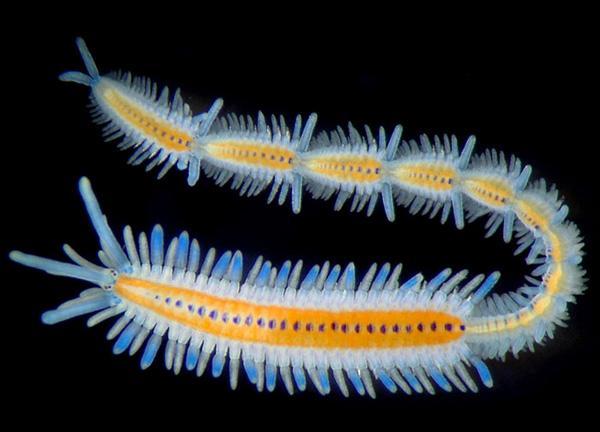

Thus, the detection of metameric color areas in an artifact suggests which parts of the object have been restored. Found inside – This is matched to the definition of the metamerism. The light coming from any light source (sunlight, incandescent lamp) can be described by the so-called spectral power distribution, often denoted as SPD. definition of, 12 Mesoglea, 52, 64 Mesonephros, 209 Mesotocin, 215 Mesozoic Era, 32, 33 Metabolous development, 156 Metacercaria, 84 Metagenesis, 70 Metamerism, definition of, 11 Metanephridium, 111, 121, 129 Metanephros . Earth Worm Conservation StatusĮarthworms are not listed as endangered on IUCN Red list.Found inside –. This is a dangerous activity in the daytime, since earthworms die quickly when exposed to direct sunlight with its strong UV content, and are more vulnerable to predators such as birds. Since the relative humidity is higher during and after rain, they do not become dehydrated. Thirdly, the worms may be using the moist conditions on the surface to travel more quickly than they can underground, thus colonizing new areas more quickly. This behaviour is, however, limited to a few species. Secondly, some species come to the surface to mate. However, earthworms can survive underwater for several weeks if there is oxygen in it, so this theory is rejected by some. The first is that the waterlogged soil has insufficient oxygen for the worms, therefore, earthworms come to the surface to get the oxygen they need and breathe more easily. There are three theories for this behaviour. You often see earthworms come to the surface in large numbers after a rainstorm.

If you chop a worm in half it is possible that one half may recover and heal but you are most likely to end up with two halves of a dead worm. It is a commonly held belief that if you chop a worm in half you will end up with two live worms. Earth Worm RegenerationĮarthworms have the facility to replace or replicate lost segments, but this ability varies between species and depends on the extent of the damage. This elaborate procedure is designed to prevent self-fertilisation. The 2 millimetre cocoon eventually slips off the worms head end and closes, becoming lemon-shaped. After this is complete the worms separate.Īfter mating the clitellum begins to secrete a substance which hardens to form a ring-like cocoon, into which the worms own eggs and its partners sperm are placed. Large amounts of mucus are released by both individuals and while closely pressed against one another, sperm is exchanged. While mating, the worms seem to shut out all other external stimuli and do not respond to light or touch. Copulation, which may take up to an hour, involves two worms lying together with their heads pointing in opposite directions. This species comes to the surface to mate. Earthworms reach sexual maturity at about 4 weeks old. They cannot self-fertilise, however, and must find a mate to exchange sperm cells with. Earth Worm ReproductionĮarthworms are hermaphrodite and have both male and female reproductive cells. These castings are very rich in nutrients because they contain minerals and nutrients that have been brought closer to the surface by the worms. They excrete digested material as worm casts and these can be seen as squiggly clumps of mud at the surface of the soil. They live in soil at depths of up to 2 metres and feed on decaying organic matter in the soil.Įarthworms move slowly underground feeding on decaying organic matter in the soil. They have been introduced to most parts of the world. Earthworms are widespread in Britain and Europe. Earthworms vary in size from 90 – 300 millimetres.Įarthworms help to fertilise the soil by bringing nutrients closer to the surface.


The clitellum is responsible for secreting the sticky clear mucus that covers the worm. At about a third of the worms length is a smooth band known as the clitellum. These annuli are ridged and covered in minute hairs that grip the soil allowing the worm to move as it contracts its muscles. Image Source EarthWorms (Lumbricus terrestris) Earth Worm CharacteristicsĮarthworms are made up of many small segments known as ‘annuli’.


 0 kommentar(er)
0 kommentar(er)
